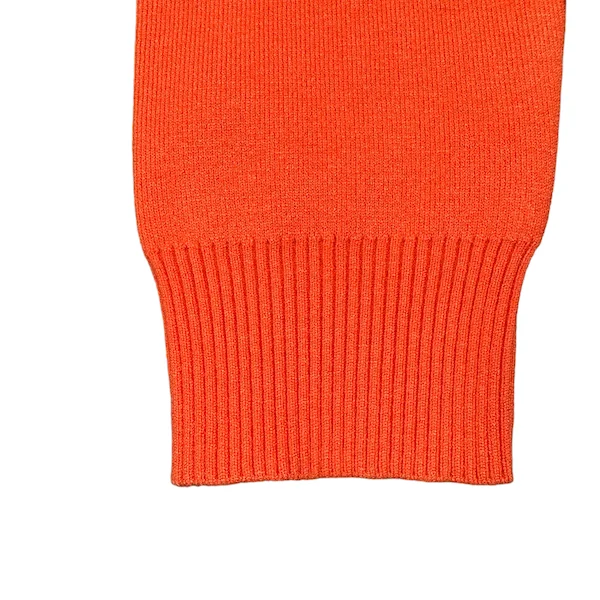The Fabric Dilemma: What to Avoid in Hot, Humid Weather for Ultimate Comfort
3 min readWhen the summer sun blazes and humidity levels soar, choosing the right fabric for your clothing becomes paramount. While many people instinctively reach for lightweight materials, not all fabrics are created equal when it comes to combating heat and moisture. In this article, we will delve into the fabrics that are least suited for hot, humid weather, exploring their properties and why they can lead to discomfort.
Understanding Humidity and Its Effects on Fabric
Humidity refers to the amount of moisture in the air, and in hot weather, it can create a stifling environment that makes even the simplest activities feel exhausting. When the air is saturated with moisture, our bodies struggle to cool down through perspiration, leading to discomfort and potential heat-related illnesses. Therefore, the choice of fabric plays a crucial role in how well we can manage our body temperature and overall comfort.
The Worst Fabrics for Hot, Humid Weather
- Polyester and Synthetic Blends
Polyester, along with other synthetic fabrics like nylon and acrylic, is notorious for trapping heat and moisture against the skin. These materials are hydrophobic, meaning they repel water rather than absorb it. In humid conditions, this can lead to a sticky, uncomfortable feeling as sweat accumulates. Additionally, synthetic fabrics often lack breathability, which is essential for allowing air circulation and evaporating sweat. - Silk
While silk is often praised for its luxurious feel and aesthetic appeal, it is not the best choice for hot, humid weather. Silk absorbs moisture but does not wick it away effectively, leading to a clammy sensation. Moreover, silk can become heavy when wet, making it uncomfortable to wear in high humidity. Its delicate nature also means it can be easily damaged by sweat, leading to stains and degradation over time. - Denim
Denim, particularly in heavier weights, is another fabric to avoid in hot, humid conditions. While it is a durable and fashionable choice, denim is not breathable and can trap heat against the body. The weight of the fabric can also contribute to discomfort, as it does not allow for adequate air circulation. In humid weather, wearing denim can lead to excessive sweating and chafing, making it a less-than-ideal option. - Wool
Although wool is often associated with warmth and insulation, it can also be problematic in hot, humid climates. While it has moisture-wicking properties, it can retain heat and become uncomfortable when temperatures rise. Lightweight wool blends may offer some relief, but traditional wool fabrics can lead to overheating and discomfort. - Rayon
Rayon is a semi-synthetic fabric made from natural fibers, but it can be a poor choice for humid weather. While it is breathable, rayon tends to absorb moisture, which can leave the fabric feeling heavy and damp. Additionally, rayon can lose its shape and strength when wet, leading to potential wardrobe malfunctions in high humidity.
Choosing the Right Alternatives
To combat the discomfort associated with hot, humid weather, consider opting for fabrics that are breathable, moisture-wicking, and lightweight. Here are some excellent alternatives:
- Cotton: A natural fiber that is soft, breathable, and highly absorbent, cotton is a classic choice for hot weather. Look for lightweight cotton fabrics, such as muslin or percale, for optimal comfort.
- Linen: Known for its exceptional breathability and moisture-wicking properties, linen is an excellent fabric for hot, humid climates. Its loose weave allows for airflow, helping to keep the body cool.
- Bamboo: Bamboo fabric is gaining popularity due to its eco-friendly properties and moisture-wicking abilities. It is soft, breathable, and has natural antibacterial properties, making it ideal for humid conditions.
- Technical Fabrics: Many activewear brands offer technical fabrics designed specifically for moisture management and breathability. Look for options labeled as moisture-wicking or quick-dry to ensure comfort during hot weather.
Conclusion
In the battle against heat and humidity, the choice of fabric can make all the difference. By avoiding polyester, silk, denim, wool, and rayon, and opting for breathable alternatives like cotton, linen, bamboo, or technical fabrics, you can enhance your comfort and well-being during the sweltering summer months. Remember, the right fabric not only affects your comfort but also your overall enjoyment of the season. Stay cool, stay comfortable, and make informed choices for your wardrobe!



